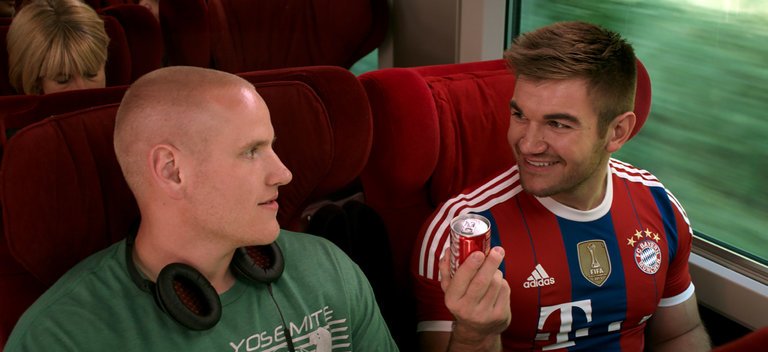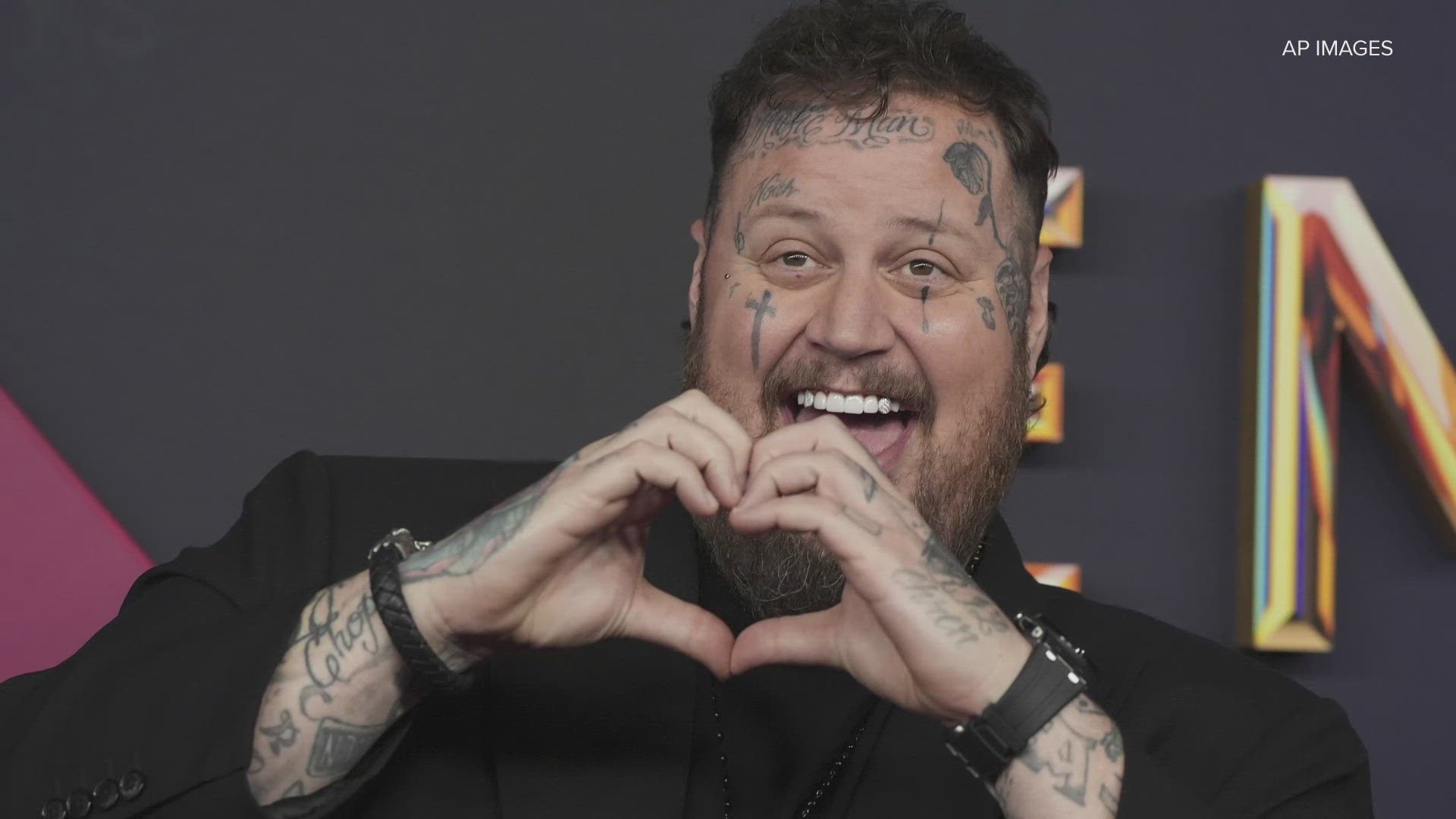Sometimes, the real deal isn't exactly the best idea.
In his 40th directorial feature, 15:17 to Paris, Clint Eastwood attempted something quite bold: casting real heroes in a big budget wide release which retold a heroic story.
In 2015, three Americans — including the military-trained Alek Skarlatos and Spencer Stone and their friend Anthony Salder — stopped a terrorist attack on a train heading to Paris. A one-man Kalishnikov-carrying radical had over 300 rounds of ammunition to kill with, and the three men (along with help from a British civilian) stopped him.
It was a bold mission for Eastwood to undertake, and in the end, it was a bad idea.
With respect to these brave young men who chose to act instead of stand by while backpacking through Europe, you can't fill 95 minutes of movie time with non-actors in a February release and expect it to be compelling. This is where trained actors could have taken the material to another level, and made a quality film.
What if Eastwood decided to cast the real Sully instead of Tom Hanks? That film would have stunk from here to New Jersey. Eastwood is one of a handful of directors who could get $30 million from Warner Brothers to make this film, but he's the only director who would try to pull it off. Martin Scorsese or Steven Spielberg wouldn't try this in a thousand years.
The reality is the train incident, which also involved Stone saving the life of a man who had a bullet trapped in his throat, only lasted a few minutes. The rest of the film is the three men's backstory, which involves clumsily-written, coming-of-age dialogue with the most limited acting ever seen on film. When you watch this film, Josh Hartnett will look like an Oscar nominee. It's not their fault. This is the first time either of them acted in any main feature.
In order to make something compelling and halfway-riveting, you have to get legit talent involved. That is the way Hollywood works. If the real-life heroes played themselves in the movies, it stops being a movie and looks like a mediocre film class entry.
Eastwood's only mark on this film was the mellow piano- and acoustic-guitar-driven music that haunts all of his films. It's the only signature touch the filmmaker lends the feature.
Next time, make a documentary because there were several witnesses that day who could have contributed, along with the REAL GUYS. You could have dug into the backstory of the gunman. Eastwood could have given the guys a cameo in the film to show respect, while still making a quality film.
Instead, you'll find yourself laughing unintentionally at parts of this film, which really shouldn't happen.
The train incident is raw and well-made. You are enthralled and sucked into that moment of true heroism. The problem is that it happens 80 minutes into the film and is over before you know it.
I do believe Stone, Skarlatos and Sadler had a story worth digging into. I just wish Eastwood would have swallowed his pride, pocketed his swagger, and made a wiser choice. You can save 15:17 to Paris for home viewing, or just wait for it on cable.
Better luck next time, Clint.


